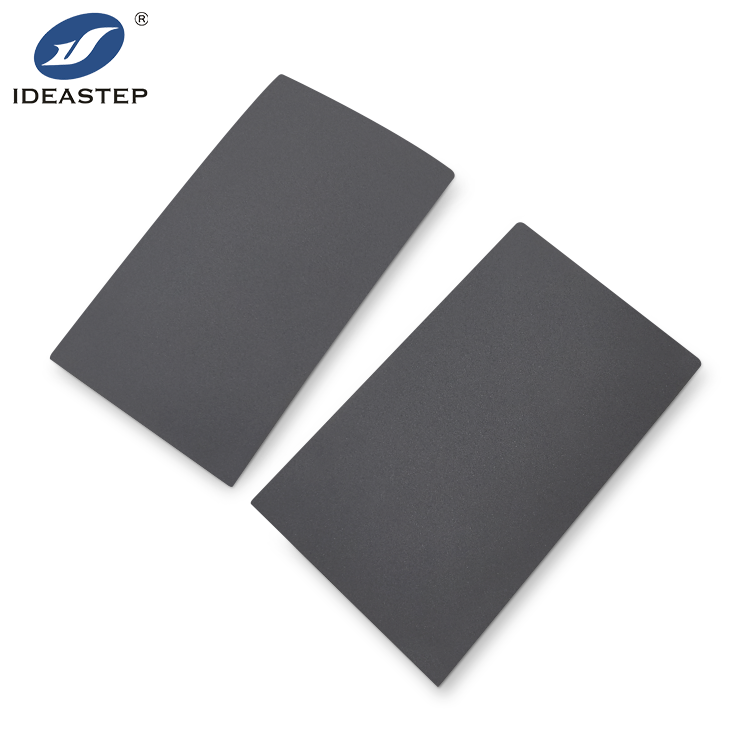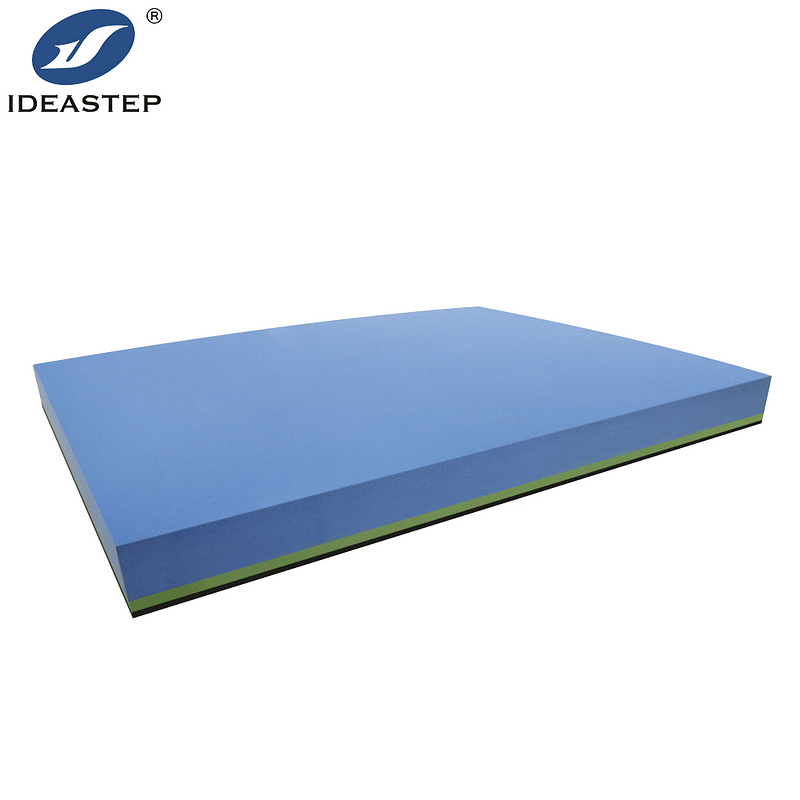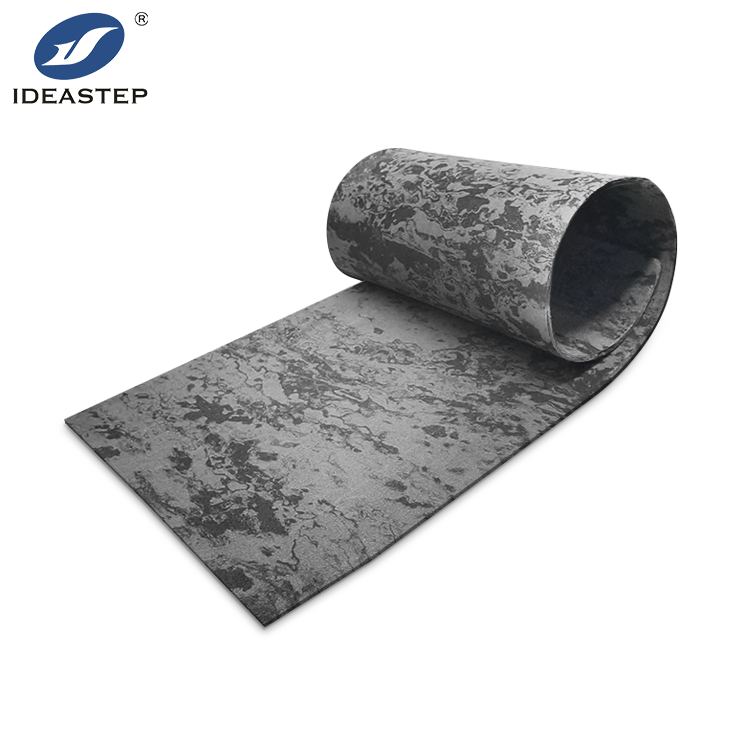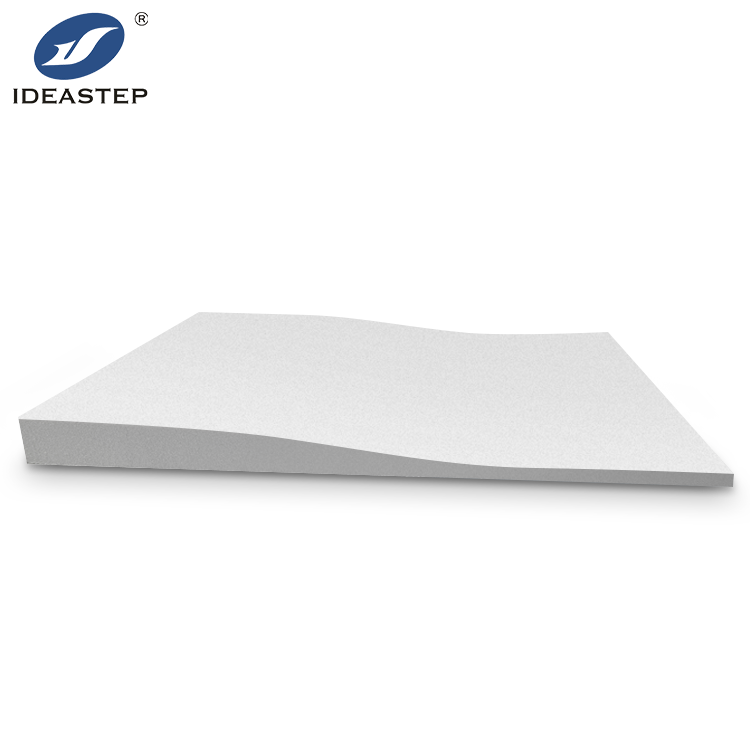Choosing the right EVA foam density for medical devices is crucial for ensuring their functionality, durability, and patient comfort. This guide provides B2B guidelines for selecting the best EVA foam density based on application requirements and performance standards.
Which EVA Foam Density is Best Suited for Medical Devices: B2B Guidelines
In the medical device industry, EVA (Ethylene Vinyl Acetate) foam is commonly used due to its versatile properties, including cushioning, shock absorption, and flexibility. However, selecting the appropriate EVA foam density is essential for optimizing the performance and safety of medical devices. This guide will help B2B professionals understand which EVA foam density is best suited for various medical device applications.

1. Understanding EVA Foam Density
EVA foam density refers to the mass of the foam per unit volume, typically measured in kilograms per cubic meter (kg/m³). It plays a critical role in determining the foam’s mechanical properties, such as stiffness, cushioning, and durability. Lower density foams are softer and more flexible, while higher density foams are firmer and offer better support and durability.
2. Low-Density EVA Foam (30–50 kg/m³)
Low-density EVA foam, ranging from 30 to 50 kg/m³, is known for its softness and excellent cushioning properties. This density is ideal for applications where comfort and impact absorption are critical. Medical devices such as orthopedic cushions, patient positioning pads, and soft splints benefit from low-density EVA foam due to its ability to conform to body contours and provide gentle support. However, it may not be suitable for applications requiring high durability or structural support.

3. Medium-Density EVA Foam (50–80 kg/m³)
Medium-density EVA foam, with a range of 50 to 80 kg/m³, strikes a balance between cushioning and support. This density is commonly used in medical devices where a moderate level of firmness and durability is needed. Examples include prosthetic liners, medical braces, and ergonomic supports. Medium-density foam offers sufficient cushioning while maintaining structural integrity, making it a versatile choice for various medical applications.
4. High-Density EVA Foam (80–120 kg/m³)
High-density EVA foam, ranging from 80 to 120 kg/m³, provides a firmer feel and increased durability. This density is suitable for medical devices that require substantial support and resistance to wear and tear. Applications such as orthopedic insoles, durable prosthetic components, and impact-resistant padding often utilize high-density EVA foam. The increased density enhances the foam’s ability to retain its shape and provide long-term support, making it ideal for high-stress applications.

5. Factors to Consider When Choosing EVA Foam Density
When selecting the appropriate EVA foam density for medical devices, several factors must be considered:
- Application Requirements: Assess the specific needs of the medical device, including the level of cushioning, support, and durability required.
- Patient Comfort: Ensure that the chosen foam density provides adequate comfort and conforms to the body’s contours as needed.
- Durability and Longevity: Evaluate the expected wear and tear on the device to choose a foam density that will withstand daily use and maintain its performance.
- Regulatory Standards: Ensure that the EVA foam complies with relevant medical device regulations and standards, which may dictate specific density requirements.
- Cost Considerations: Balance the cost of different foam densities with the performance requirements to achieve an optimal cost-performance ratio.

6. Advantages of Using EVA Foam in Medical Devices
EVA foam offers several advantages for medical device applications:
- Flexibility: EVA foam can be easily molded and shaped to fit various device designs, providing custom solutions for diverse medical needs.
- Shock Absorption: The foam’s shock-absorbing properties help reduce impact and pressure on the body, enhancing patient comfort and protection.
- Hygiene: EVA foam is resistant to moisture and easy to clean, which helps maintain hygiene in medical devices.
- Lightweight: The lightweight nature of EVA foam makes medical devices easier to handle and wear.

7. Conclusion
Selecting the right EVA foam density for medical devices involves understanding the specific needs of the application and balancing factors such as comfort, support, durability, and cost. Low-density EVA foam is suitable for applications requiring soft cushioning, medium-density foam offers a balanced solution for moderate support, and high-density foam is ideal for applications needing substantial durability and support. By carefully evaluating these factors and consulting with suppliers like Ideastep, B2B professionals can make informed decisions to ensure optimal performance of medical devices.
FAQ
1. What is the impact of EVA foam density on the comfort of medical devices?
EVA foam density directly affects the comfort of medical devices. Lower density foam provides a softer feel and greater cushioning, which enhances comfort, especially in applications like cushions and padding. Higher density foam offers firmer support, which is crucial for devices requiring more structural integrity and durability.
2. Can EVA foam density be adjusted to meet specific medical device requirements?
Yes, EVA foam density can be adjusted to meet specific requirements. Manufacturers can customize foam densities to achieve the desired balance between cushioning, support, and durability. It is important to work with experienced suppliers like Ideastep to ensure that the foam meets the specific needs of your medical device application.
3. How does the choice of EVA foam density affect the cost of medical devices?
The choice of EVA foam density can impact the cost of medical devices. Higher density foams are generally more expensive due to their increased material content and durability. Balancing cost with performance requirements is essential to achieve an optimal cost-performance ratio for medical devices. Consulting with suppliers can help in finding cost-effective solutions that meet your needs.
